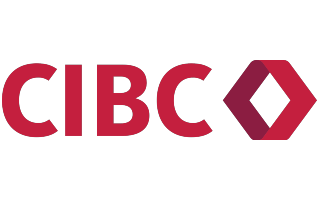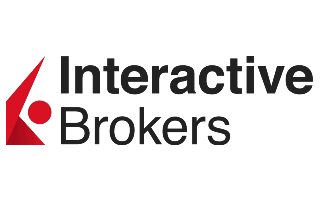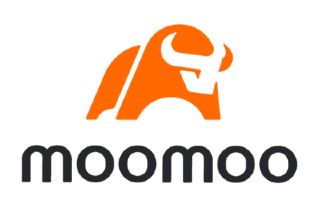The Dow Jones and S&P 500 are stock market indices that track overall market performance. The Dow Jones is made up of 30 large-cap US stocks, while the S&P 500 tracks 500 large US stocks. Holdings in both indices must meet certain criteria and are selected by committees. But the Dow Jones and S&P 500 differ in value, size and diversification.
What’s the difference between the Dow Jones and the S&P 500?
The S&P 500 is a collection of 500 large-cap stocks that trade on US exchanges, while the Dow Jones tracks just 30 stocks.
The Dow Jones is price-weighted, so stocks with higher prices have a greater impact on the index. In the S&P 500, stocks with a higher market capitalization have a greater impact on the index. Each company’s size is measured by the stock price multiplied by the total number of outstanding shares, adjusted for a public float.
Popular stocks in the Dow Jones and S&P 500
Dow Jones
- Apple
- Microsoft
- Johnson & Johnson
- UnitedHealth
- Visa
- Walmart
- Procter & Gamble
- JPMorgan Chase
- Home Depot
- Chevron
S&P 500
- Apple
- Microsoft
- Amazon
- Meta Platforms (formerly Facebook)
- Alphabet Inc A (Google)
- Apple
- Johnson & Johnson
- Berkshire Hathaway
- Visa
- Procter & Gamble
Dow Jones vs S&P 500: Which is bigger?
The “bigger” index could be the one that tracks a greater number of stocks or the one that tracks stocks with a higher total market capitalization. The S&P 500 tracks more than 16X the number of stocks than the Dow Jones, which tracks just 30.
Dow Jones vs S&P 500: Which is worth more?
The market capitalization of all stocks in the S&P 500 is around $36.7 trillion USD (about $48.91 trillion CAD). The Dow Jones has a market cap of $10.35 trillion USD (about $13.78 trillion CAD). Market cap is the stock price multiplied by the number of outstanding stocks.
The company with the largest weighting in the Dow Jones is UnitedHealth, which has a market cap of $463 billion USD ($616.36 billion CAD). The largest weighting in the S&P 500 is Apple with a market cap of $2.17 trillion USD ($2.89 trillion CAD).
Dow Jones vs S&P 500: Which is more diversified?
With 500 stocks, the S&P 500 is more diversified than the Dow Jones, which only tracks 30 stocks. However, Dow Jones stocks are split across a good range of different sectors. Both the Dow Jones and the S&P 500 have a large number of stocks in the technology sector.
If you’re looking for diversification and you like the look of the Dow Jones, you could always add another index fund to the mix to get some global diversification.
What’s the best S&P 500 and Dow Jones index fund?
Here are some of the best performing S&P 500 and Dow Jones funds:
| Icon | Fund | 5 year performance | 1 year performance (to Nov 2022) | Link to invest |
|---|---|---|---|---|
 | Vanguard S&P 500 (VFV.TSX) | 11.96% | -8.39% | |
 | iShares Core S&P 500 (XSP.TSX) | 11.01% | -14.18% | |
 | Invesco S&P 500 Low Volatility (SPLV.NYSEARCA) | 9.89% | -0.82% | |
 | SPDR S&P 500 ETF (SPY.NYSEARCA) | 12.68% | -12.80% | |
Xtrackers S&P 500 Swap (XSPX.LSE) | 12.48% | -13.64% |
| Icon | Fund | 5-year performance | 1-year performance (to Nov 2022) | Link to invest |
|---|---|---|---|---|
 | iShares Dow Jones U.S. ETF (IYY.NYSEARCA) | 12.12% | -15.05% | |
 | SPDR Dow Jones Industrial Average ETF Trust (DIA.NYSEARCA) | 12.51% | -4.25 | |
 | SPDR Dow Jones Global Real Estate UCITS ETF (SPYJ.XETRA) | 1.96% | -20.55% | |
 | Lyxor Dow Jones Industrial Average (LUX) UCITS ETF (C010.XETRA) | 11.94% | -5.23% |
Is it better to invest in the S&P 500 or the Dow Jones?
![]()
As you can see from the chart above, these indices have historically performed very similarly. You’ll notice that the market capitalization of the S&P 500 is around 3 times that of the Dow Jones despite having more than 16 times the number of stocks on the index.
This means that the Dow Jones is a bit more concentrated. Neither index is better. The one you choose would depend on the stock breakdown you’re interested in. As it’s only got 30 stocks, the Dow Jones wouldn’t create as much diversification as you might be looking for in an investment. The S&P 500 has plenty of diversification available.
What are the top holdings in the Dow Jones and S&P 500?
| Dow Jones | S&P500 | ||
|---|---|---|---|
 | Apple |  | Apple |
 | Microsoft |  | Microsoft |
 | Johnson & Johnson |  | Amazon |
 | UnitedHealth |  | Meta Platforms (formerly Facebook) |
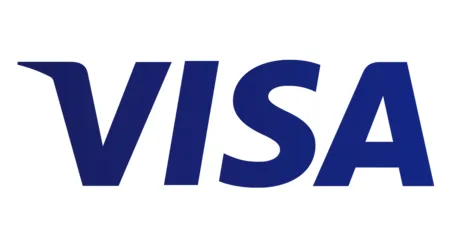 | Visa |  | Alphabet Inc A (Google) |
How to invest in the Dow Jones and S&P 500
- Find a Dow Jones or S&P 500 ETF or mutual fund. Some index funds track the performance of all stocks on the index, whereas others only track a certain number of stocks or are weighted towards specific stocks. You should select the fund that best suits your investment goals.
- Open a stock trading account. To invest in ETFs or mutual funds, you’ll need to open a trading account with a broker or trading platform. Keep in mind that some index funds may only be available on certain brokerages or platforms. The providers in our comparison table let you invest in Canadian and international stocks. Some of the index funds above are listed on the Toronto Stock Exchange (TSX).
- Deposit funds. You’ll need to deposit funds into your account to begin trading. You may need to pay a foreign conversion fee to convert your Canadian dollars into US dollars, so you can buy US stocks.
- Buy the index fund. Once your money has been deposited, you can buy the index fund. Most ETFs or index funds come with a small annual fee to cover fund management expenses.
Platforms that let you invest in the Dow Jones and S&P 500
These trading apps allow you to invest in companies within the indices or funds/ETFs that hold stocks in Dow Jones and S&P 500 companies.
Finder Score for stock trading platforms
To make comparing even easier we came up with the Finder Score. Trading costs, account fees and features across 10+ stock trading platforms and apps are all weighted and scaled to produce a score out of 10. The higher the score the better the platform - simple.
Bottom line
The Dow Jones and S&P 500 track US stocks. A committee determines the holdings in both indices according to certain criteria. Both indices include some major, large-cap stocks. Many of the stocks on the Dow Jones are also included in the S&P 500, so you’d essentially be investing in both, except for a few stocks, by aligning your investments with the S&P 500.
More on investing

What are the best stocks for beginners with little money to invest?
Want to dive into investing but don’t have much to spend? Take a look at these types of stocks.
Read more…
Meme stocks: What they are and examples of popular stocks
Meme stocks can produce large gains in short periods, but the stocks are volatile.
Read more…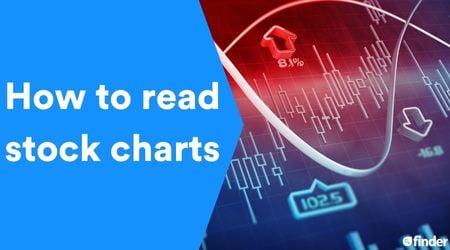
How to read stock charts
Learning how to read stock charts and recognize chart patterns can unlock your success as a trader.
Read more…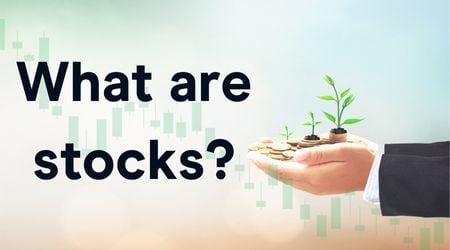
What are stocks?
Owning a stock means you own part of a company and can potentially grow your wealth. But there is a risk of loss.
Read more…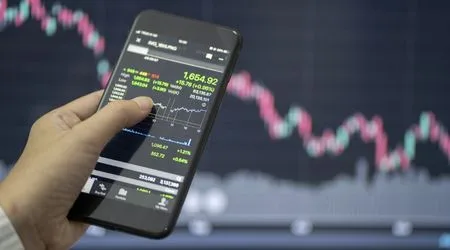
How to analyze a stock
Learn how to research stocks and find the right investment opportunities in 4 steps.
Read more…
3 strategies for investing in volatile markets
Market volatility can be nerve-wracking. Discover 3 trading strategies plus the pros, cons and risks of investing in volatile markets.
Read more…More guides on Finder
-
Full guide to paper trading accounts for 2025
How to choose the best paper trading platform to help you learn the ins and outs of investing.
-
How will tariffs affect the stock market?
Find out how the Trump tariffs will impact the stock market and explore Canadian stocks that may be resilient amidst tariffs.
-
What are the best stocks for beginners with little money to invest?
Want to dive into investing but don’t have much to spend? Take a look at these types of stocks.
-
Trading promos & investment account bonuses for 2025
Enjoy perks like free trades and cash back when you open a stock trading account with these online broker promotions.
-
TD Easy Trade review
Use this self-directed trading app to learn the basics of investing with a streamlined app and a number of free trades annually.
-
Best renewable energy stocks
These are the best renewable energy stocks to buy now in Canada.
-
10 best trading platforms and apps in Canada for 2025
Whether you’re a new or experienced investor, these are the best stock trading platforms and apps in Canada.
-
TD Direct Investing Review
Make quick and easy trades using this reputable online trading platform from TD.
-
RBC Direct Investing review
Here’s what you need to know about the benefits and shortcomings of this Big Bank investment platform.
-
Questrade review
Questrade is a leader among Canadian discount brokerages, but is it right for you? Compare fees, features and alternatives here.

